Florida Gulf Coast University students will be paying more to attend classes, and it has nothing to do with a tuition increase.
Interest rates on undergraduate federal student loans have increased to 3.86 percent, up from 3.4 percent in 2012. The interest rate had doubled to 6.8% percent on July 1 but was retroactively reversed due to a law signed by President Barack Obama on Aug. 9.
Under the new law, interest rates are tied to the financial markets. “The shortterm benefit is the lower rate, but if the economy improves rates will increase,” said Brian Casey associate director of the Office of Financial Aid & Scholarships. “There’s a lot of uncertainty in the long term.” The new law annually adjusts federal student loan rates to the yield on 10-year Treasury notes auctioned in May of each year. Each loan’s interest rate remains constant until it is paid in full, according to Casey.
“I didn’t know interest rates changed,” said Karli Gomes, a junior majoring in resort and hospitality management. “That’s not good. I have a lot of student loans.” Under the new law, interest rates for undergraduate subsidized and unsubsidized student loans add 2.05 percent to the 10-year Treasury yield. Unsubsidized federal student loans for graduate students add 3.60 percent to the yield. Interest rates for the undergraduate loans are capped at 8.25% and graduate loans are capped at 9.50 percent.
Treasury note sold at a yield of 1.81 percent. Graduate students are no longer eligible for subsidized student loans.
Casey said more than half of FGCU graduates from fall 2012 to summer 2013 left the University with student loan debt. The average amount of that debt was $19,000 with the standard loan repayment process taking 10 years.
“I knew the rates doubled,” aid senior Erika Larson, an accounting major. “I thought my interest rate was 6.8%, not 3.86 percent. It’s a relief (lawmakers) lowered it.” The political debate over student loan interest rates is not new. Interest rates were scheduled to double in 2012 until Congress voted to extend the low rates for one year after Republicans and Democrats could not agree on a solution to keep rates low.
The 2012 disagreement lasted months and President Obama even pleaded his case through a musical segment with late night talk show host Jimmy Fallon. Many lawmakers took to social media to try toappeal to younger voters. The result was a stalemate between lawmakers that was largely based on party lines. Proponents of the measure say tying interest rates to the economic market is fairer to college students, reducing risks of political uncertainty about future rates. Opponents of the measure criticize the law’s potential costs on college students in the future.
“This deal … provides shortterm benefits for current students by increasing long-term costs for future students,” president of the Institute for College Access and Success Lauren Asher said. “Over the next 10 years it is expected to cost borrowers $715 million more than if current rates were simply left in place.” “The biggest issue is the principal amount of the loan, no matter the interest rate,” Casey said. “We encourage students to borrow as little as possible. I’m afraid many students aren’t aware of how much work it takes to repay their loans after graduation.”
Despite the changes, some students stay focused on long-term goals.
“I’m not going to worry about my loans right now,” Gomes said. “I’m just trying to graduate.”

Student loan interest rate projected to rise
September 18, 2013
Story continues below advertisement


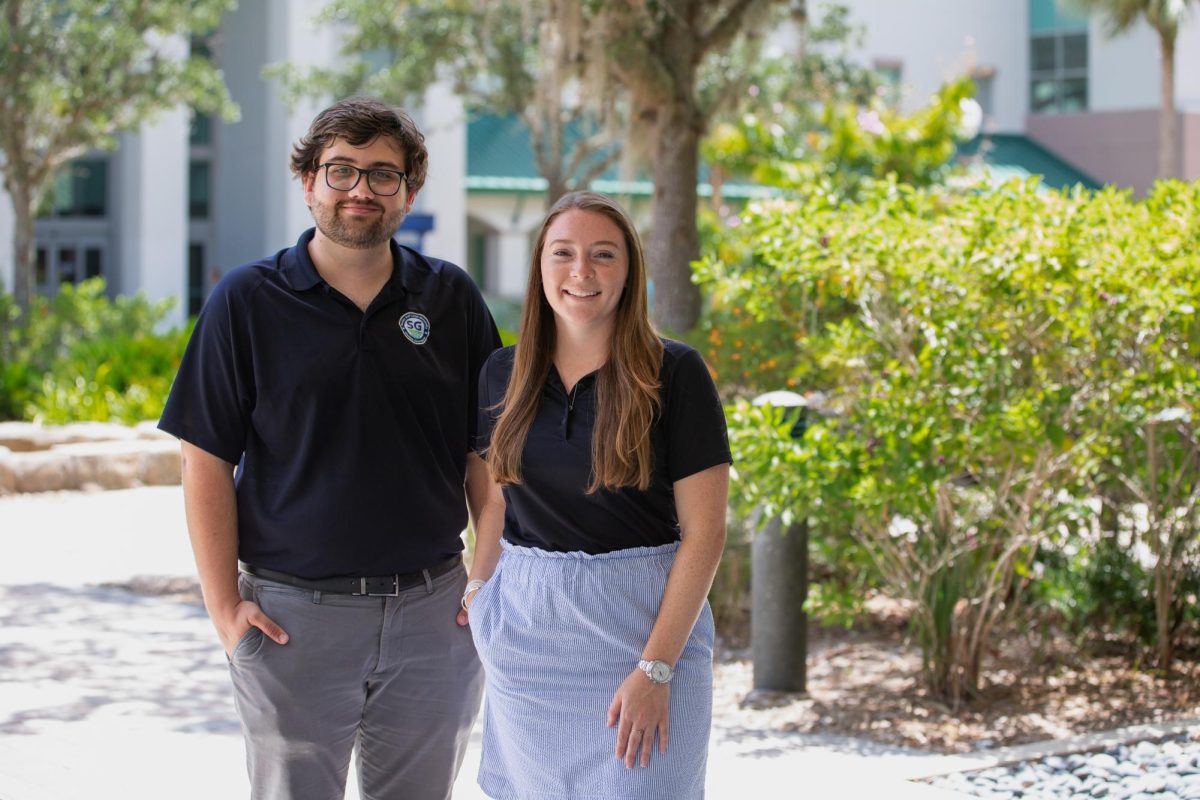



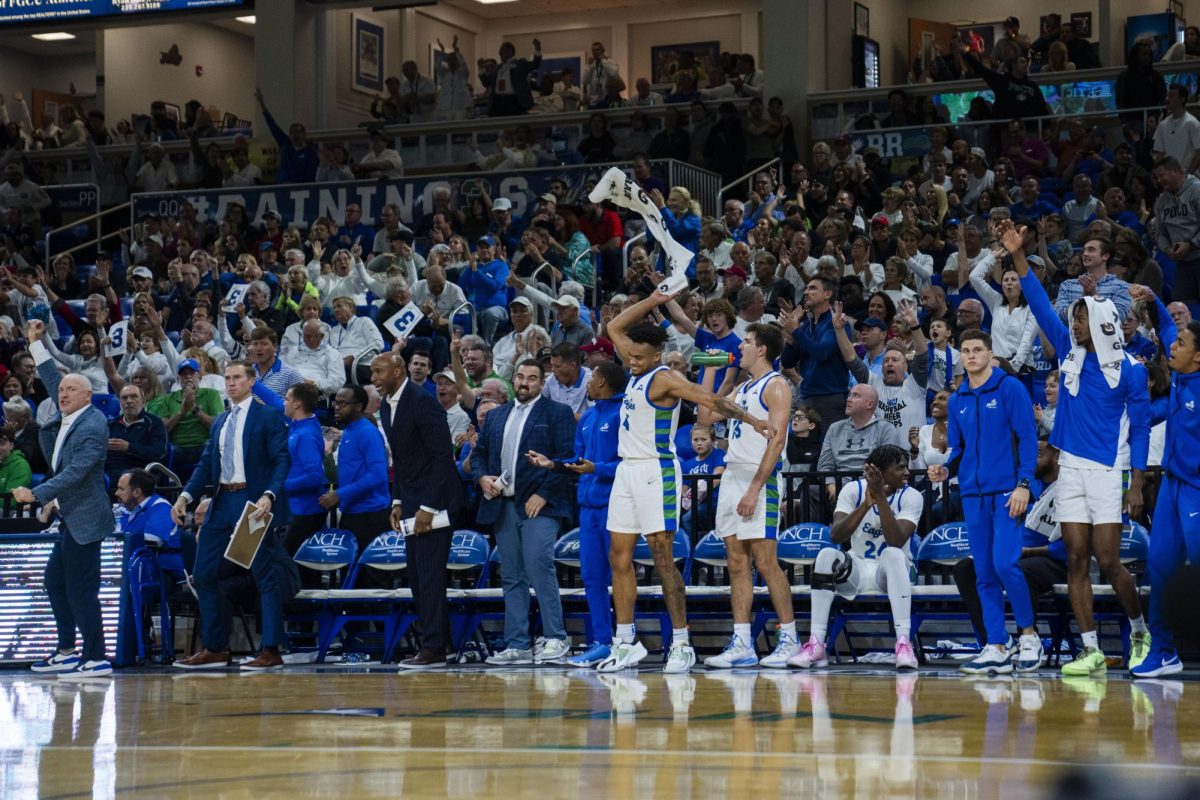


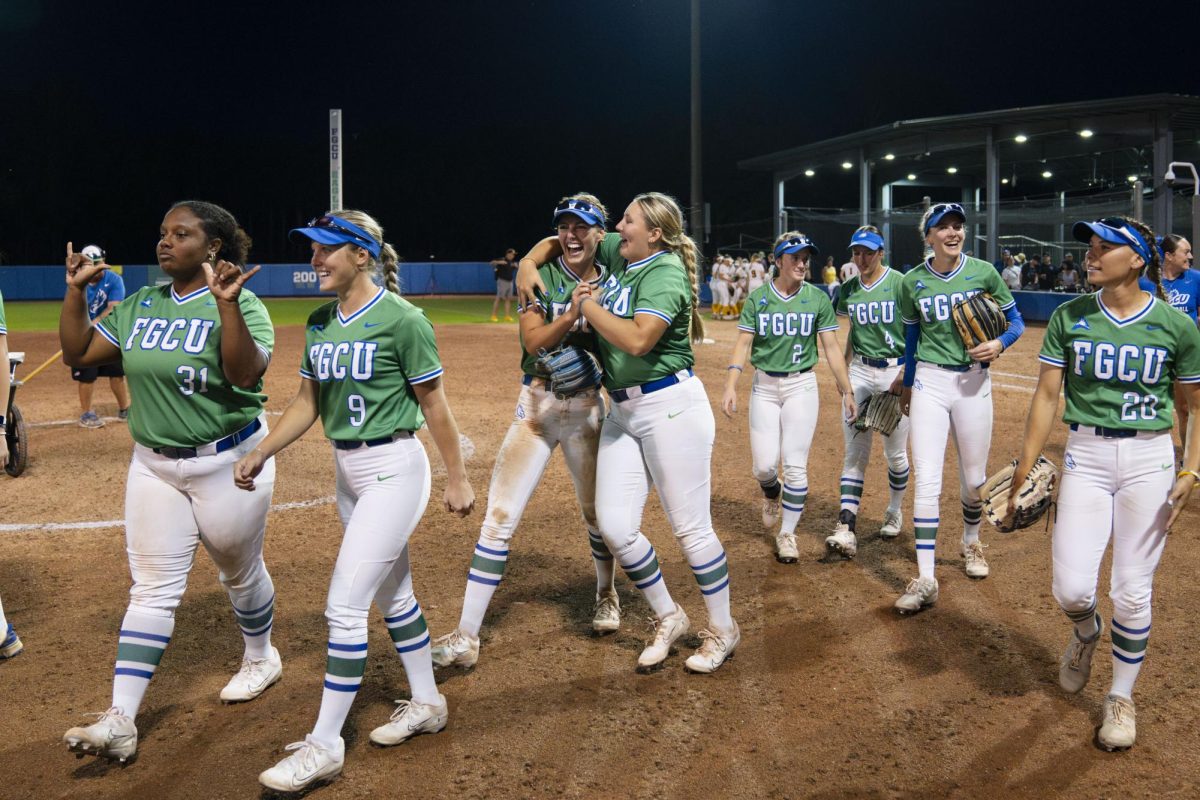
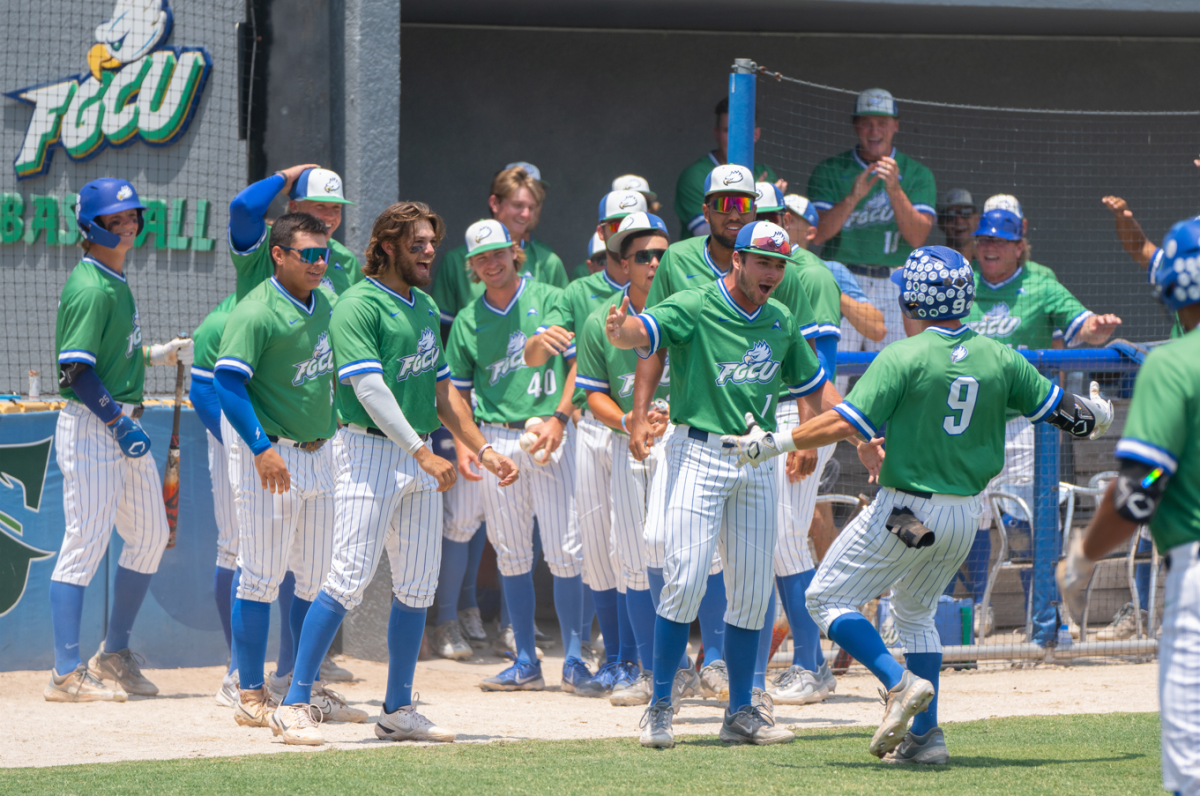

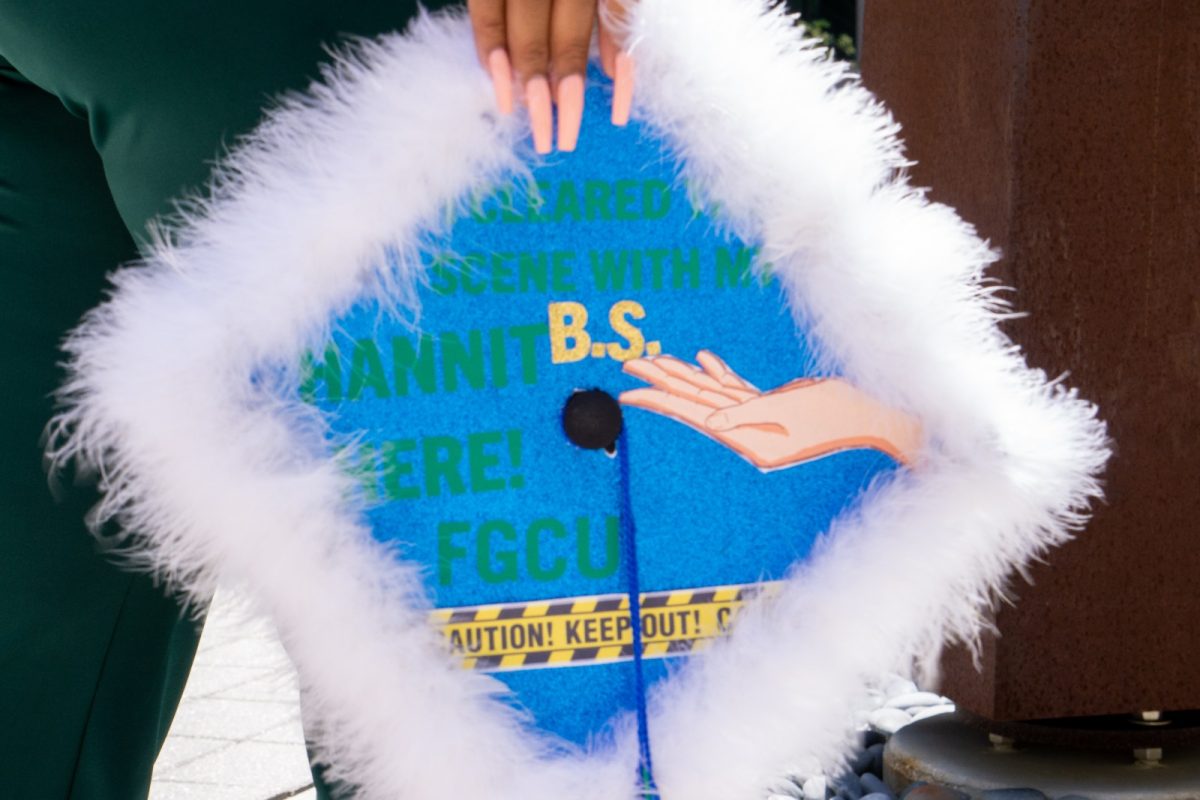




















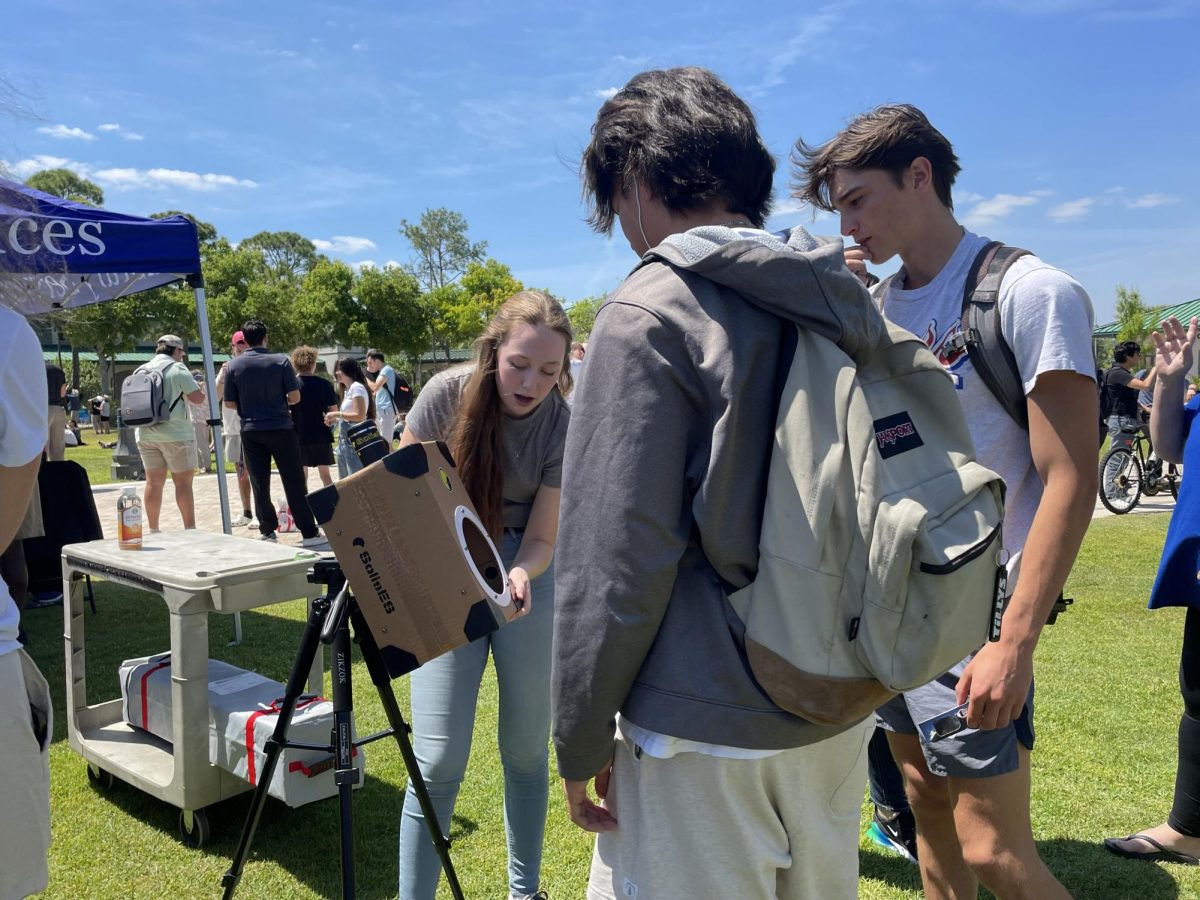
www.formationleber.ca • Oct 9, 2014 at 5:24 am
Hello, yeah this article is truly pleasant and I have learned lot
of things from it about blogging. thanks.